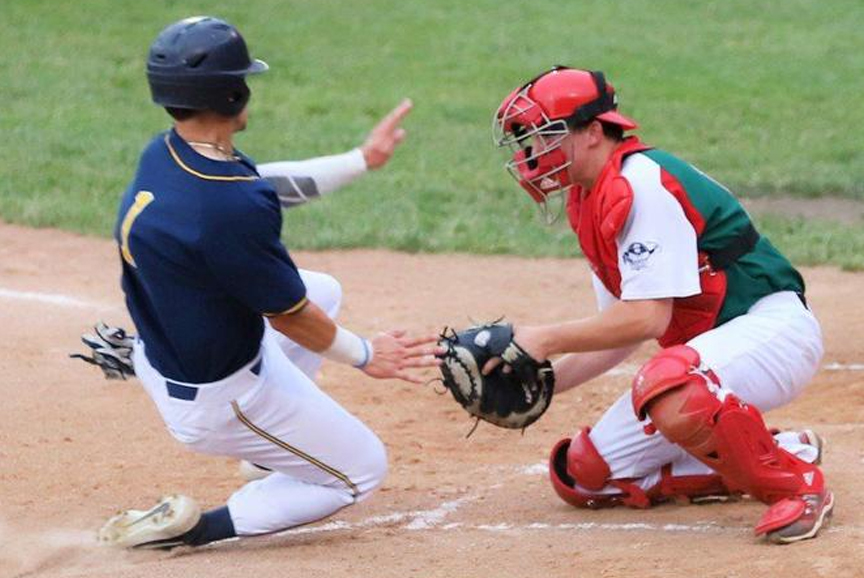Double plays are a crucial defensive strategy in baseball, capable of turning the tide of a game in an instant. As a 1st baseman, your role in executing double plays is integral to the success of your team’s defense. In this comprehensive guide, we’ll explore the 1st baseman’s role in double-play situations, including footwork and quick tosses to the shortstop or second baseman.
1. Understanding the Double Play
Before we delve into the specifics of your role as a 1st baseman, let’s briefly outline what a double play is and why it’s so essential:
- Double Play Definition: A double play is a defensive play in baseball that results in two outs during a single play. The most common type of double play involves retiring the batter at first base and another baserunner (usually at second base).
- Importance: Double plays are game-changers. They can quickly shift momentum, erase potential scoring opportunities for the opposing team, and get your team out of tight spots.
2. The 1st Baseman’s Role in Double Plays
As a 1st baseman, you play a critical part in turning double plays. Here’s a breakdown of your responsibilities:
- Positioning: In double-play situations, you need to be positioned closer to the bag at 1st base. This positioning allows you to receive throws from infielders quickly.
- Quick Tosses: Your primary role is to make quick and accurate tosses to the shortstop or second baseman covering 2nd base. These tosses are often referred to as “feeder throws.”
- Reacting to the Ground Ball: As the ball is hit, react quickly to field it cleanly if it comes your way. However, your primary focus is to make the toss to the covering infielder.
3. Footwork for Double Plays

Effective footwork is key to executing double plays smoothly. Here’s a step-by-step guide to footwork for 1st basemen:
a. Ready Position: Start in your standard defensive position with your right foot on the base (left foot for left-handed first basemen) and your glove hand extended toward the pitcher.
b. Approach: As the play develops and the ball is hit, begin moving toward the base at 2nd. Take short, quick steps to get to the bag as soon as possible.
c. Receive the Ball: If the ball is hit to you, field it cleanly and smoothly. If not, prepare to receive the throw from the fielder making the play.
d. Quick Toss: Once you have the ball or receive the throw, make a quick and underhand toss to the covering infielder at 2nd base.
e. Clear the Base: After making the toss, clear the base by moving out of the way to avoid potential collisions with baserunners.
4. Communication
Effective communication is essential in double-play situations. Here are some communication tips:
- Call for the Ball: As the ball is hit or when you receive the throw, call out to the covering infielder (“2!”), letting them know you’re making the toss.
- Coordination: Coordinate with the shortstop or second baseman covering the bag. Make sure you both understand who is responsible for covering 2nd base.
- Clear Signals: Use clear and concise signals or verbal cues to indicate your intentions and the direction of the toss.
5. Practice and Repetition
Turning double plays requires practice and repetition. Work with your middle infielders (shortstop and second baseman) to develop a rhythm and timing for your tosses. Repetition builds muscle memory and confidence in executing double plays flawlessly.
6. Timing and Anticipation
Anticipating the play is vital. As a 1st baseman, you need to anticipate whether the ball will be hit to you or the covering infielder. This anticipation allows you to react quickly and make the correct toss.
Conclusion
Mastering the 1st baseman’s role in double plays is a combination of proper positioning, quick footwork, effective communication, and practice. Your ability to execute double plays efficiently can be a game-changer, helping your team get out of tight situations and maintain defensive control. Embrace the challenge, work closely with your infielders, and always stay focused on the play unfolding before you. By doing so, you’ll become a valuable asset in turning double plays and contributing to your team’s defensive success.
